Each week we’ll uncover some unusual and (hopefully) interesting facts about the city. This week we take on Vancouver’s bustling Chinatown neighbourhood.
1. Chinatown holds a Guinness World Record
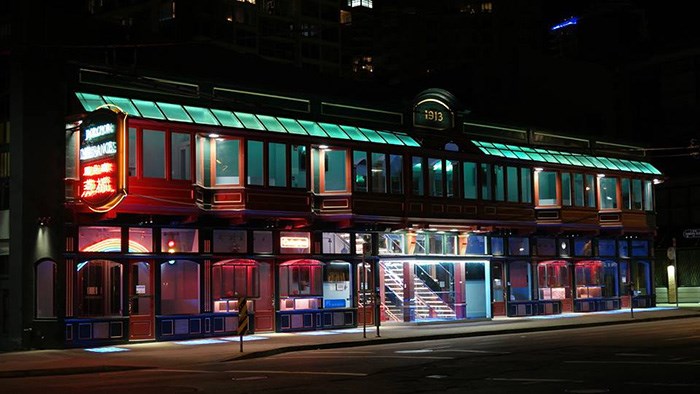 Photo: Jack Chow Insurance.
Photo: Jack Chow Insurance.
While many of us might recognize the Jack Chow building's dazzling lights, the insurance company’s home base also holds a Guinness Record for the narrowest commercial building in the world. The building was designed by Soren Rasmussen Architect and completed in 1986 as part of the neighbourhood’s revitalization project. Its inside width only measures 4’ 10” across!
2. Chinatown’s “beautification” began in the 1980s
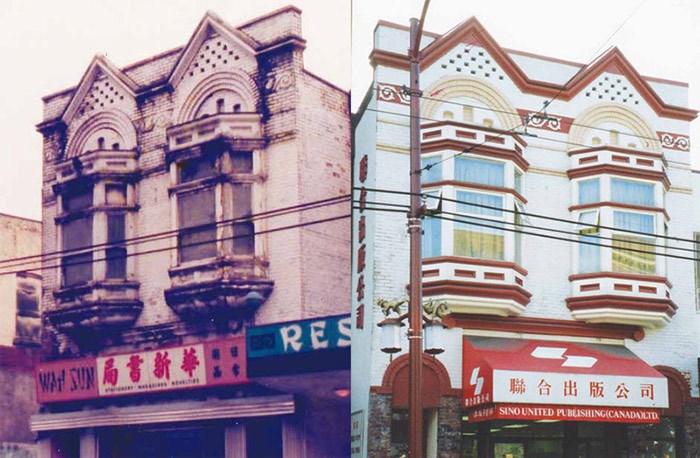 Photo: SFU.
Photo: SFU.
Beautification projects included the installation of red lampposts with golden dragons, the creation of bilingual street signs, scored concrete sidewalks and planting gingko trees along the boulevard. Old buildings were re-painted and repaired. New construction projects were completed such as the 'China Gate' on Pender Street, which was donated to the city by the Government of the People's Republic of China in celebration of the Expo 86 world's fair. The Gate was also rebuilt, renovated and officially reopened in 2005 during the visit of Guangdong governor Huang Huahua in October 2005.
3. There used to be A LOT more neon
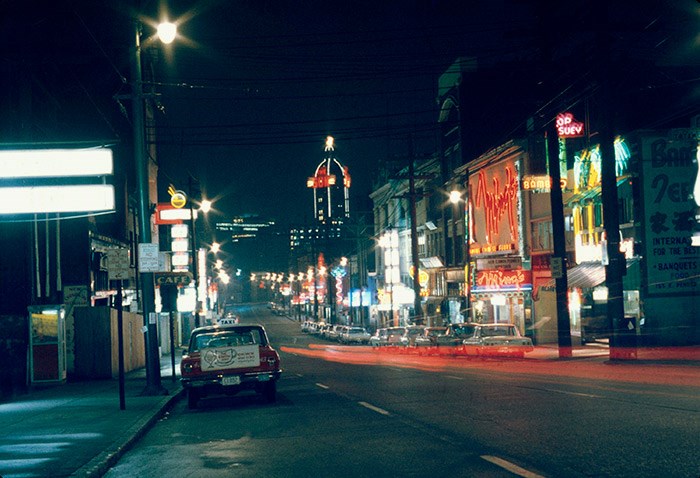 Photo: City of Vancouver (CVA 780-476).
Photo: City of Vancouver (CVA 780-476).
Once known for its incredible amount of neon signage, Chinatown’s aesthetic changed in 1974 when a new sign law was passed by the city. The last sign to go was the Ho Ho sign (which displayed a rice bowl and chop sticks), which was removed in 1997.
4. Chinatown's population grew very quickly
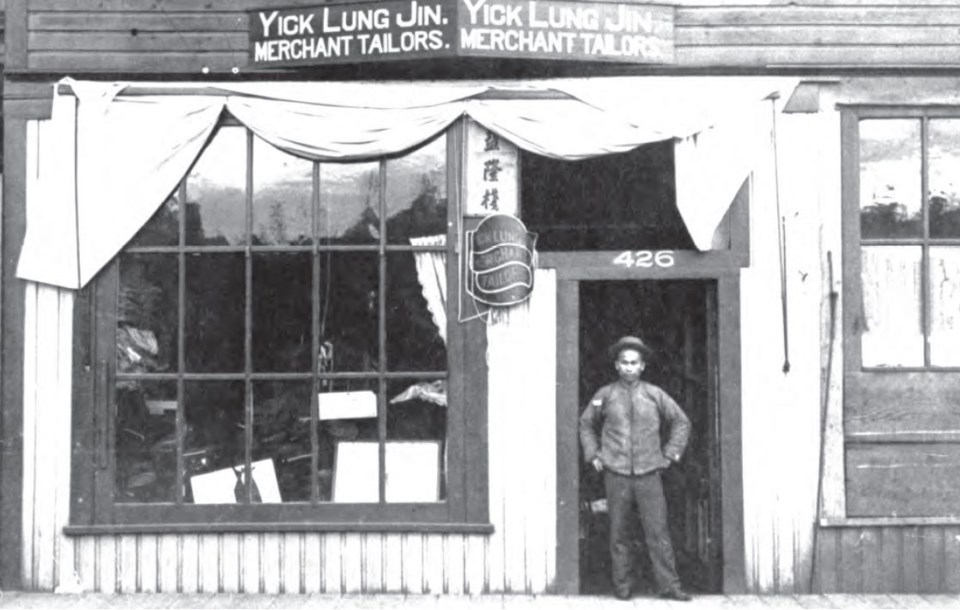 img: Vancouver Public Library, Special Collections, VPL 9498
img: Vancouver Public Library, Special Collections, VPL 9498
In 1886, a small community of about ninety Chinese residents emerged on Carrall St and Dupont St (what later become Pender St). Within 4 years, approximately 1,000 Chinese immigrants had settled in the area. Because of the growing population, Canton and Shanghai alleys were created on the west side of Carrall Street in 1904 and 1905. The Alleys contained new tenement buildings, grocery shops, tailors, restaurants, and other businesses. By the 1910s, Chinatown had grown to cover about four city blocks and was home to thousands of residents. In 1923, the Chinese Immigration Act had a devastating impact on the neighbourhood. Compounded by the Great Depression, Chinatown's population dropped by almost 50 percent by the beginning on the 1940s.
5. Dr. Sun Yat-Sen Classical Chinese Garden is colourful year-round
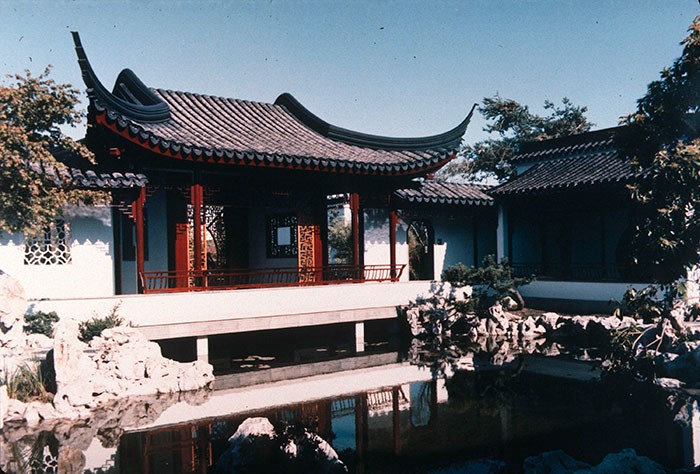 Photo: City of Vancouver (CVA 784-317).
Photo: City of Vancouver (CVA 784-317).
The plants in the Classical Garden were chosen according to their blossom schedules to highlight seasonal changes, especially the “awakening” in spring. With this, the plant varieties were planted in a manner to guarantee the garden was colourful year round. Each plant has a unique symbolic, historical, and literary meaning and is used sparingly throughout the garden. Because of the climate, many of the same plant varieties are found in the Vancouver garden as its counterparts in Suzhou, China.
Read more from our "5 Things You Didn't Know" series HERE.


